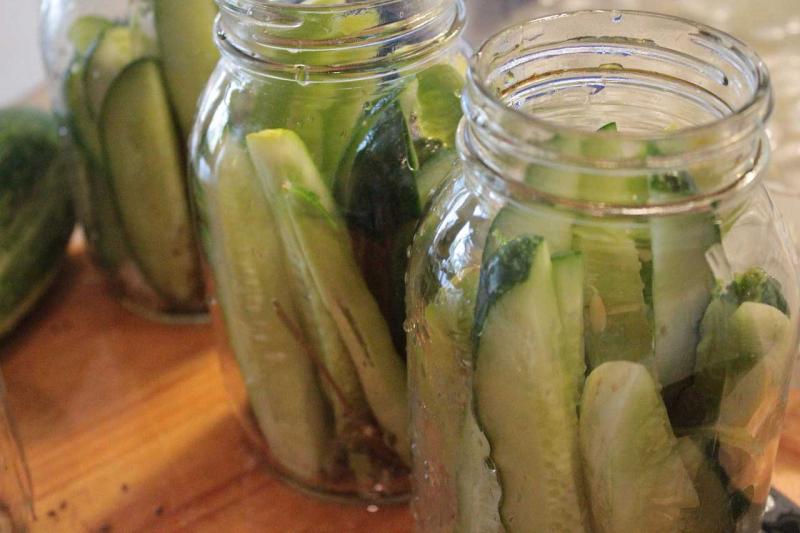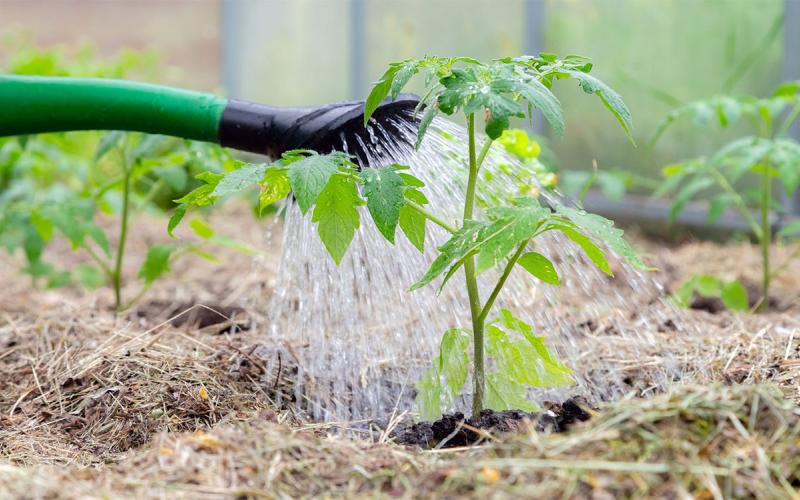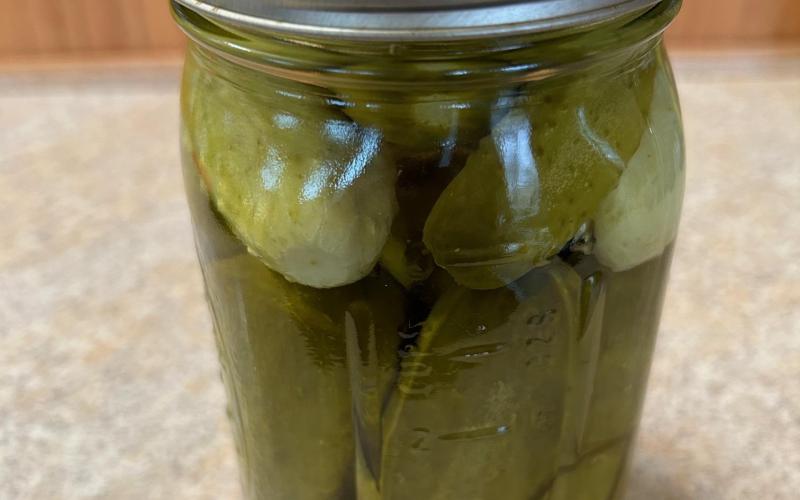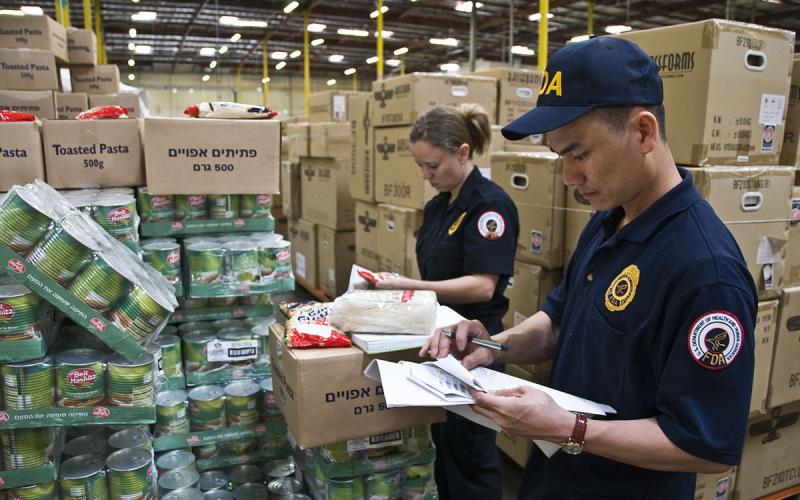
Originally written by Hope Kleine, former SDSU Extension Health Education Field Specialist.
You may have memories of canning delicious recipes with a parent or grandparent, and maybe you were lucky enough to inherit the secret family recipe to continue the family tradition. As research has evolved over the years, so has our knowledge of safe practices in food preservation. While you may have great memories surrounding preparing delicious family traditions, it may be time to take those traditions to the freezer instead of the canner.
Food Safety Considerations
One of the most common errors in home canning is not using a scientifically tested recipe. Canning a family recipe is risky as it can cause spoilage and foodborne illness. Botulism can’t be seen, smelled, or tasted, so the best way to ensure your home-canned products are safe is to use recipes from an evidence-based resource. Two factors that play a major role in the safety of a recipe are pH and consistency of the product.
- pH is a measure of the acidity or alkalinity of a substance. pH is an important factor because of the bacteria Clostridium botulinum, a microorganism that produces a deadly toxin known as botulism. It is dependent on the pH of the product whether water bath canning or pressure canning is the correct way to preserve your food.
- Consistency is important as it influences the time it takes to heat the product to the proper temperature to kill harmful microorganisms. If consistency is too thick, it can be difficult for the product to reach the necessary temperature throughout the jar.
Home canners most likely don’t have access to the high-tech equipment to perform these measures, and thus don’t know whether their family recipe, or a recipe found elsewhere, is being processed safely. If you have a favorite family recipe for canning, consider freezing for later or enjoying right away. You can also consider having it reviewed by a 3rd Party Processing Authority within SDSU Extension. This individual can have your product evaluated for pH and also review your recipe and processing to ensure that the product is being safely made. The cost is $45 and would not only allow you to ensure that you are making the product safely but would also allow you to sell your product at a Farmers Market. If you have any questions on this process, please reach out to Curtis Braun.
It is difficult to determine the safety of a recipe found from an unreliable resource as the pH level and consistency of the final product may never have been tested. Unreliable resources can include magazines, blogs, and family recipes. When looking at recipes online, always refer to the resource the recipe came from. If it is not a resource such as those listed below, consider going directly to these evidence-based resources and finding a similar recipe that sparks your interest.
To learn more about canning equipment, watch our Canning Equipment video!
Recommended Resources for Home Canning Recipes:
- National Center for Home Food Preservation
- So Easy to Preserve
- USDA’s Complete Guide to Home Canning
- SDSU Extension’s Preserve It! Materials
- Recipes from other Extension Systems


